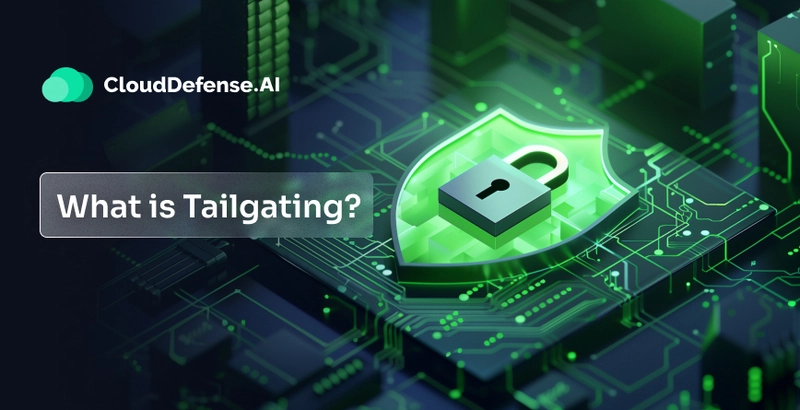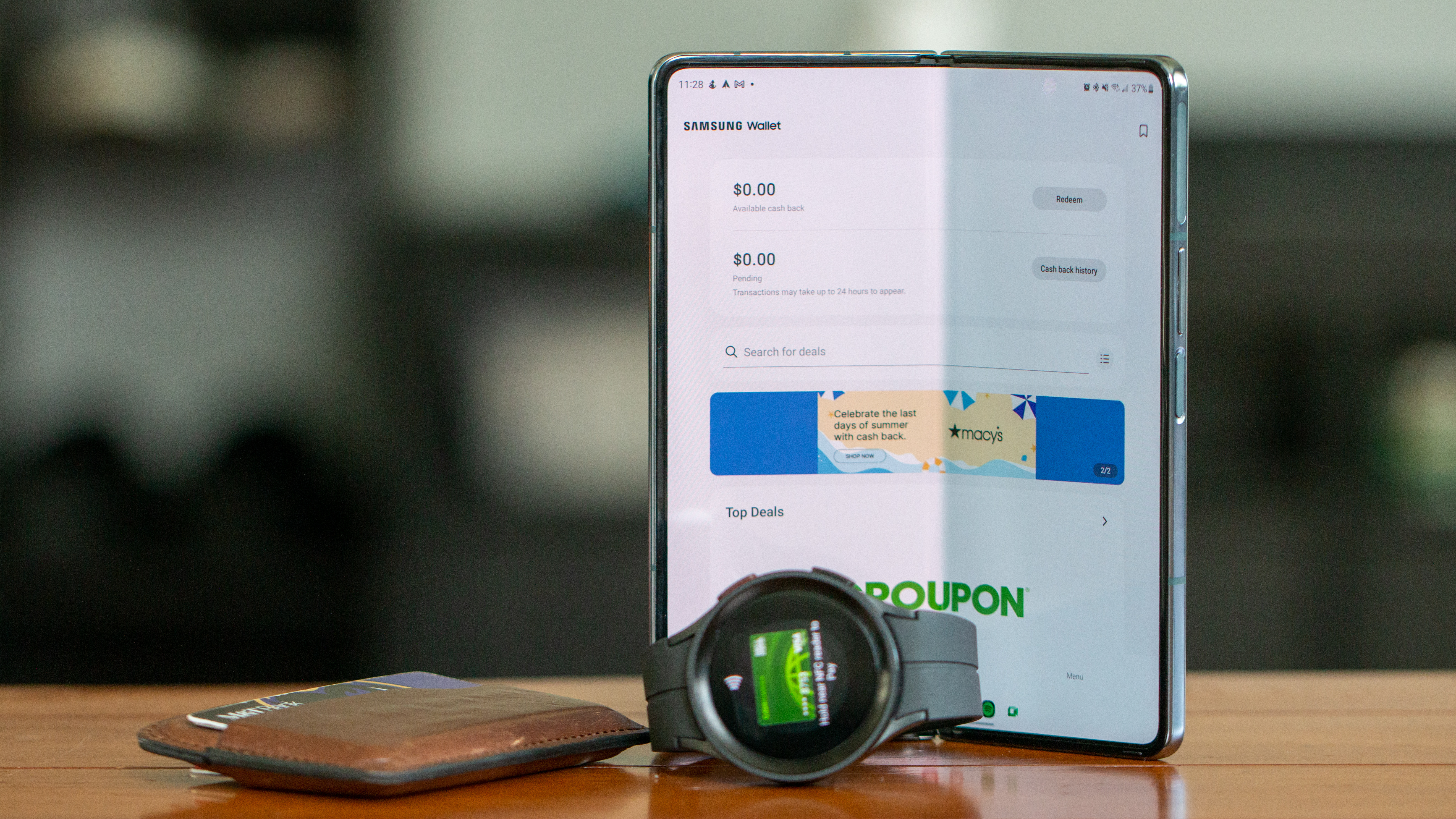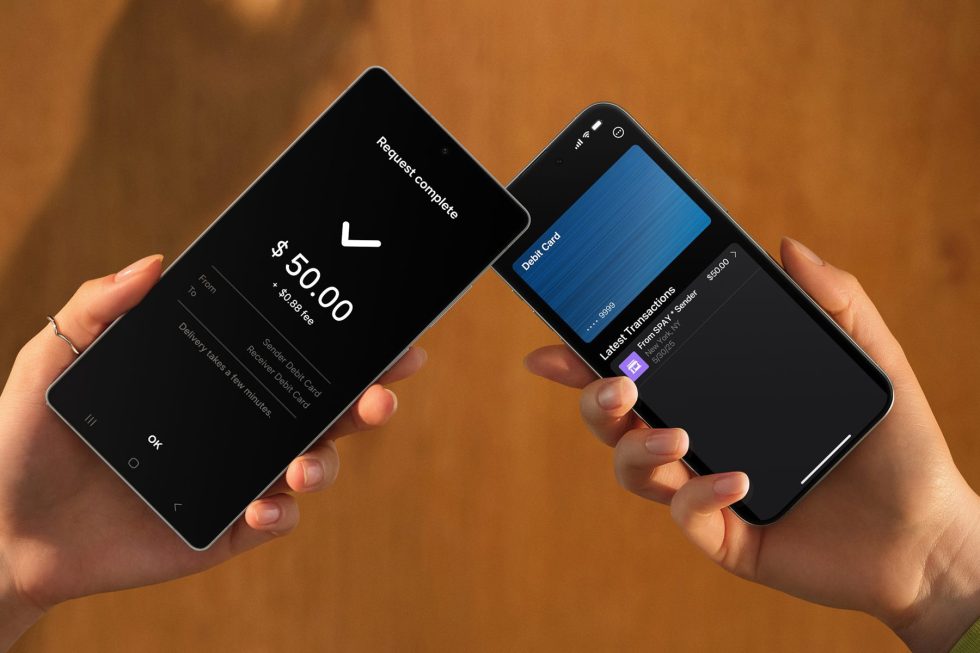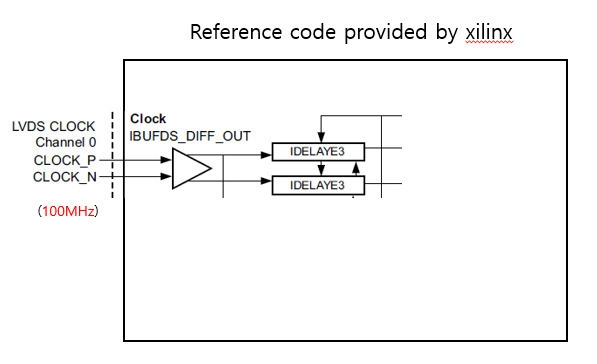What is Tailgating?
In the world of corporate security, not all breaches involve sophisticated hacking tools—some simply walk through the front door. Tailgating, a subtle yet dangerous form of intrusion, happens when an unauthorized person gains access to a restricted area by following closely behind someone who is authorized. It's a tactic that relies less on technology and more on exploiting human behavior. What Makes Tailgating Effective? Attackers often masquerade as employees, contractors, or delivery workers. They may carry packages, wear uniforms, or claim to have forgotten their access badge—all to lower suspicion. Once inside, these individuals can do far more than just roam the premises. They might access critical systems, plant malicious software, or steal sensitive equipment. Common Scenarios Pretending to be a colleague and asking someone to hold the door Borrowing a device under false pretenses and installing malware Posing as a delivery agent to blend in with routine office activity While tailgating and piggybacking are sometimes used interchangeably, there’s a key difference: tailgating is done without the authorized person's knowledge, while piggybacking involves their cooperation—either intentional or due to manipulation. Who’s Vulnerable? People unfamiliar with security procedures, such as new employees, and those naturally inclined to be helpful, are prime targets. Industries handling sensitive or regulated data—like finance, healthcare, and government agencies—face greater risks if an attacker slips through their physical defenses. Why Organizations Should Worry Tailgating is far from harmless. It often serves as the first step in larger security breaches. As social engineering tactics become more sophisticated, physical security gaps are increasingly being exploited. Shockingly, most companies don’t actively monitor for tailgating, even though the damage can rival that of a cyberattack. Preventive Measures That Matter To defend against tailgating: Use physical access controls such as keycards and biometric scanners Install security cameras and monitor entry points Conduct regular employee training on access protocols and awareness Implement strict visitor verification and escort policies Schedule routine security audits to identify weak points Final Note Tailgating might seem like a minor oversight, but it can open the door—literally—to major security incidents. By addressing this often-overlooked vulnerability with strong protocols and a culture of security awareness, organizations can significantly lower their risk of unauthorized access and the cascade of problems that may follow.

In the world of corporate security, not all breaches involve sophisticated hacking tools—some simply walk through the front door. Tailgating, a subtle yet dangerous form of intrusion, happens when an unauthorized person gains access to a restricted area by following closely behind someone who is authorized. It's a tactic that relies less on technology and more on exploiting human behavior.
What Makes Tailgating Effective?
Attackers often masquerade as employees, contractors, or delivery workers. They may carry packages, wear uniforms, or claim to have forgotten their access badge—all to lower suspicion. Once inside, these individuals can do far more than just roam the premises. They might access critical systems, plant malicious software, or steal sensitive equipment.
Common Scenarios
- Pretending to be a colleague and asking someone to hold the door
- Borrowing a device under false pretenses and installing malware
- Posing as a delivery agent to blend in with routine office activity
While tailgating and piggybacking are sometimes used interchangeably, there’s a key difference: tailgating is done without the authorized person's knowledge, while piggybacking involves their cooperation—either intentional or due to manipulation.
Who’s Vulnerable?
People unfamiliar with security procedures, such as new employees, and those naturally inclined to be helpful, are prime targets. Industries handling sensitive or regulated data—like finance, healthcare, and government agencies—face greater risks if an attacker slips through their physical defenses.
Why Organizations Should Worry
Tailgating is far from harmless. It often serves as the first step in larger security breaches. As social engineering tactics become more sophisticated, physical security gaps are increasingly being exploited. Shockingly, most companies don’t actively monitor for tailgating, even though the damage can rival that of a cyberattack.
Preventive Measures That Matter
To defend against tailgating:
- Use physical access controls such as keycards and biometric scanners
- Install security cameras and monitor entry points
- Conduct regular employee training on access protocols and awareness
- Implement strict visitor verification and escort policies
- Schedule routine security audits to identify weak points
Final Note
Tailgating might seem like a minor oversight, but it can open the door—literally—to major security incidents. By addressing this often-overlooked vulnerability with strong protocols and a culture of security awareness, organizations can significantly lower their risk of unauthorized access and the cascade of problems that may follow.








































































































































































![[The AI Show Episode 146]: Rise of “AI-First” Companies, AI Job Disruption, GPT-4o Update Gets Rolled Back, How Big Consulting Firms Use AI, and Meta AI App](https://www.marketingaiinstitute.com/hubfs/ep%20146%20cover.png)
















































































































































































.jpg?width=1920&height=1920&fit=bounds&quality=70&format=jpg&auto=webp#)




















































































_Brian_Jackson_Alamy.jpg?width=1280&auto=webp&quality=80&disable=upscale#)

_Steven_Jones_Alamy.jpg?width=1280&auto=webp&quality=80&disable=upscale#)


 Stolen 884,000 Credit Card Details on 13 Million Clicks from Users Worldwide.webp?#)












































































































![Apple Watch Shipments Declined 19% Year-over-Year in 2024 [Report]](https://www.iclarified.com/images/news/97229/97229/97229-640.jpg)

![Google Mocks Rumored 'iPhone 17 Air' Design in New Pixel Ad [Video]](https://www.iclarified.com/images/news/97224/97224/97224-640.jpg)


































































































